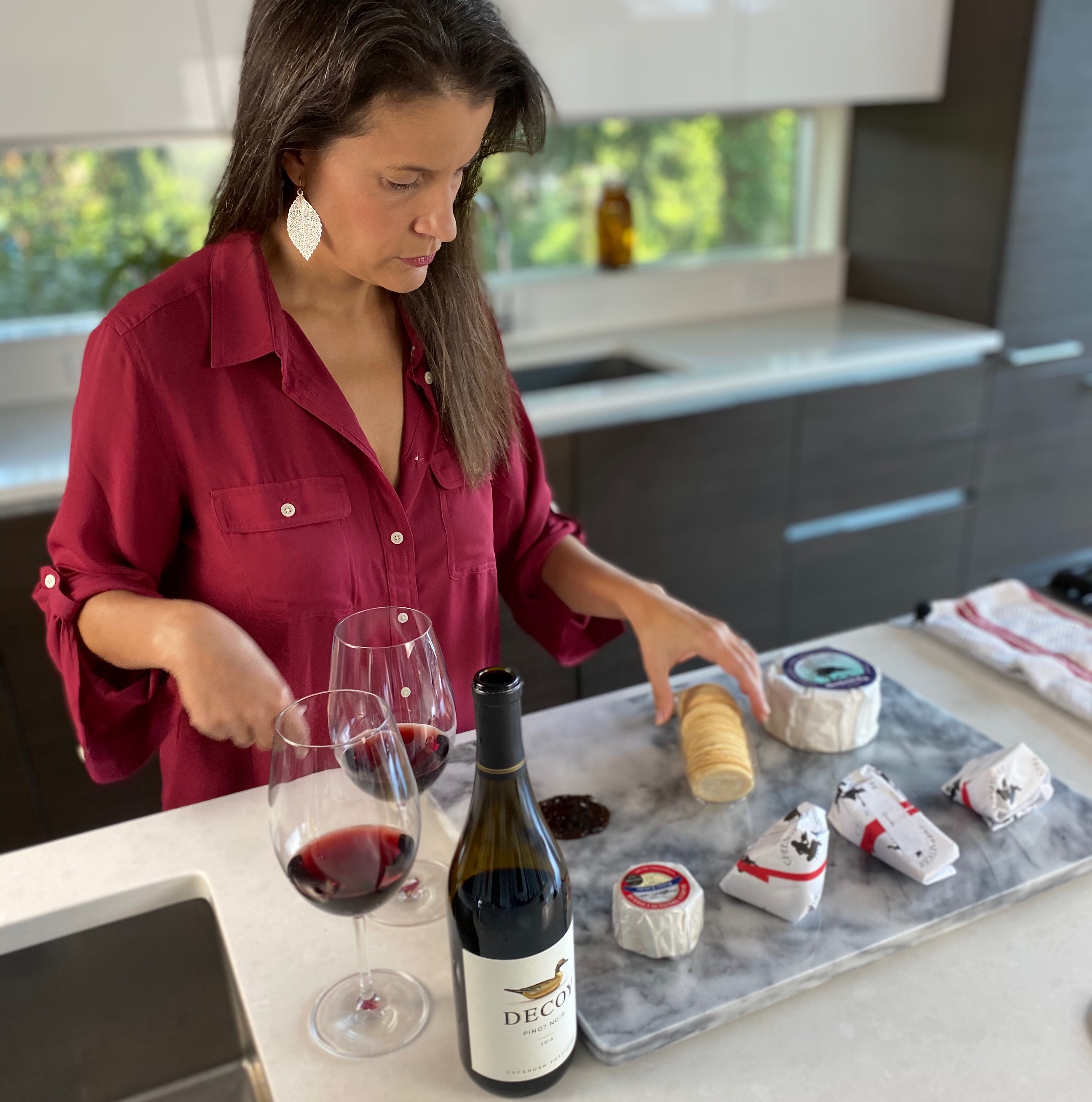

Then, from the “Source” menu, once again select Soundflower (2ch).Īnd that’s it! If you start a set playing in Ableton, you should see the output reflected in the level meter. Open up Mixlr, sign in, and hit “New live broadcast…”. įinally, we have to set up the Mixlr application to pick up the output from Ableton. Select Soundflower (2ch) from the Audio Output Device drop-down list. In Ableton, the audio preferences can be found by selecting the “Live > Preferences” menu, and then clicking the “audio” tab. Next, we need to change the audio preferences in Ableton (or whatever software package you’re using). So using the new Soundflower menu icon, select your normal audio output underneath “Soundflower (2ch)”. If we don’t do this, audio will still be sent to Mixlr, but we won’t hear anything, which probably isn’t what we want. The first thing we’re going to do is to make sure that Soundflower outputs its internal routing to the normal output. Soundflower makes it easy to route audio between different software applications. Then, use Spotlight to find the Soundflowerbed application, and launch it. Download it here and follow the simple installation instructions. We’re going to use it to send the audio from Ableton into the Mixlr application. Soundflower is a free utility made by Cycling ’74 (the company which makes Max/MSP).


It uses the Ableton Live application in Mac OSX as an example, but the process for Traktor or any other software audio package will be almost the same.
#Live cheese mixlr how to#
This simple tutorial describes how to broadcast live on Mixlr from almost any music software package. Mixing with a set of 1210s is all very well and good, but these days lots of people use software packages such as Traktor and Ableton to DJ instead.


 0 kommentar(er)
0 kommentar(er)
